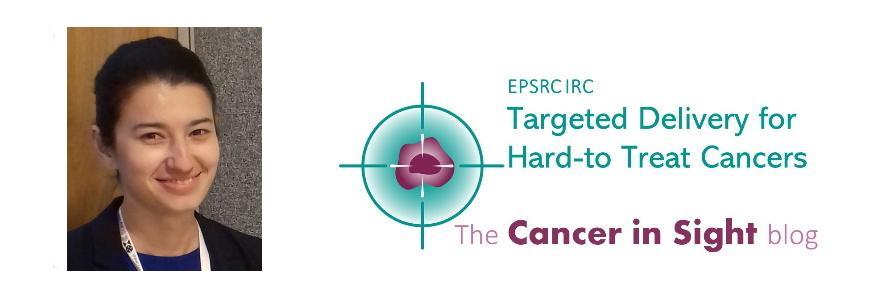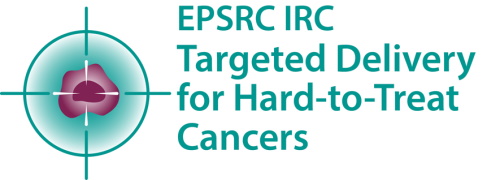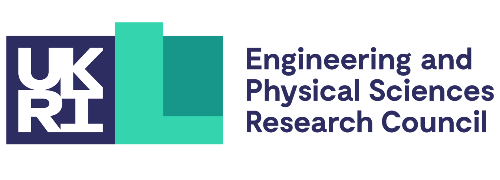
As a postdoctoral Research Associate working in the Melville Laboratory for Polymer Synthesis at the University of Cambridge, Dr Paraskevi Kasapidou reflects on her personal and professional motivation to make a difference as part of the IRC team developing hydrogels for hard-to-treat cancers.
I have been part of the IRC team since early 2019, working with Professor Oren Scherman on the development of supramolecular hydrogels used for targeted drug delivery of three hard-to-treat cancers – glioblastoma, a malignant form of brain tumour, pancreatic cancer and mesothelioma.
There is much effort, commitment and rigour required to successfully make the journey from the lab to the clinic and each and every member of the IRC is aware that people need new therapeutics now – the clinicians in our team are working with patients every day and their reports bring home the urgency of our task.
However, despite the urgency, taking our drug delivery devices to clinic is not a short journey. It is a long process with many challenges to address to ensure the devices are safe and have no adverse side effects for the patients. While the challenges can be great, I can’t imagine working in any other field – the natural sciences are so interesting and applying my knowledge to the IRC project is both personally and professionally satisfying. Dr Paraskevi Kasapidou, Research Associate
What motivates me to continue working in this area is personal as well as professional. Like a lot of people, I have known friends and family diagnosed with cancer – my uncle died of liver cancer and my best friend in the UK was diagnosed with triple-negative breast cancer three years ago. Going through various procedures with her and seeing how the system did not have an effective treatment was very frustrating for me as a scientist. After she was diagnosed the cancer progressed very quickly. Her chemotherapy did not prevent metastases developing in the liver and even though her treatment was changed, followed by a mastectomy and additional chemotherapy, it metastasised to her brain. She was a lovely woman, so strong, an angel and just 43 – someone I will remember for the rest of my life and carry with me always. After going through that experience, I resolved to follow my path as a scientist working in the field of drug delivery.
However, despite the urgency, taking our drug delivery devices to clinic is not a short journey. It is a long process with many challenges to address to ensure the devices are safe and have no adverse side effects for the patients. While the challenges can be great, I can’t imagine working in any other field – the natural sciences are so interesting and applying my knowledge to the IRC project is both personally and professionally satisfying.
My role in the group is to develop a robust lab-based protocol for the scale-up of injectable hydrogels, document the procedure and define all the steps for the formulation optimisation required for clinical translation. I am part of a multidisciplinary team of scientists including engineers, molecular biologists, clinicians, surgeons, and regulatory experts. I really enjoy this mix – my longer-term aim is to make the transition to industry to work closer to the translation to clinic. Working in such a role will involve frequent contact with scientists from diverse backgrounds, so having this experience at the IRC is invaluable.
During my PhD I was also working on the development of a hydrogel formulation for delivery of chemotherapy for glioblastoma. This material could deliver chemotherapeutic drugs by chemically attracting cancer cells remaining after tumour resection, to target and kill the residual cells. I am excited about this research and looking forward to publishing the results soon. I am also very excited to work as part of Professor Scherman’s group because the formulation he has developed has progressed far and already has promising in vivo data. He is validating the performance of the hydrogels with tumour cells coming from patients diagnosed with glioblastoma, which moves the formulation so much closer to translation to the clinic. Sadly, this is an exception and not the rule – from discussions with colleagues working in the wider glioblastoma community it appears that most of the formulations developed, around 70 per cent or so, fail to reach the clinic.
For me as a scientist, to be able to improve the quality of life for a patient, not even to cure, is crucial. Observing what my friend went through was so frustrating. Professionally I think this is an emerging area that still needs a lot of input and advances from scientists. We need to meet the needs of the clinicians and patients and the IRC is one of the most promising consortiums in this field. When I talk to the clinicians and hear such terrible statistics and sad stories, it makes me feel I just have to do something now. Having clinicians as part of the IRC to provide the clinical and patient perspective brings a strong focus to the programme and everybody understands the importance of our mission.


